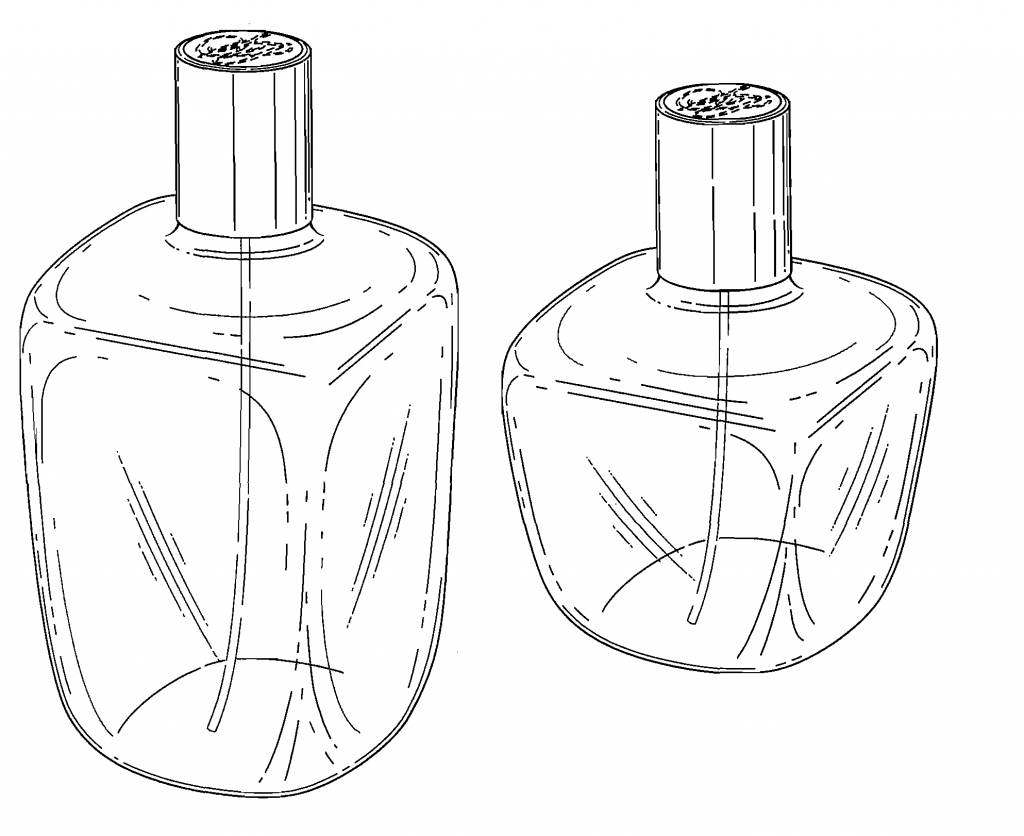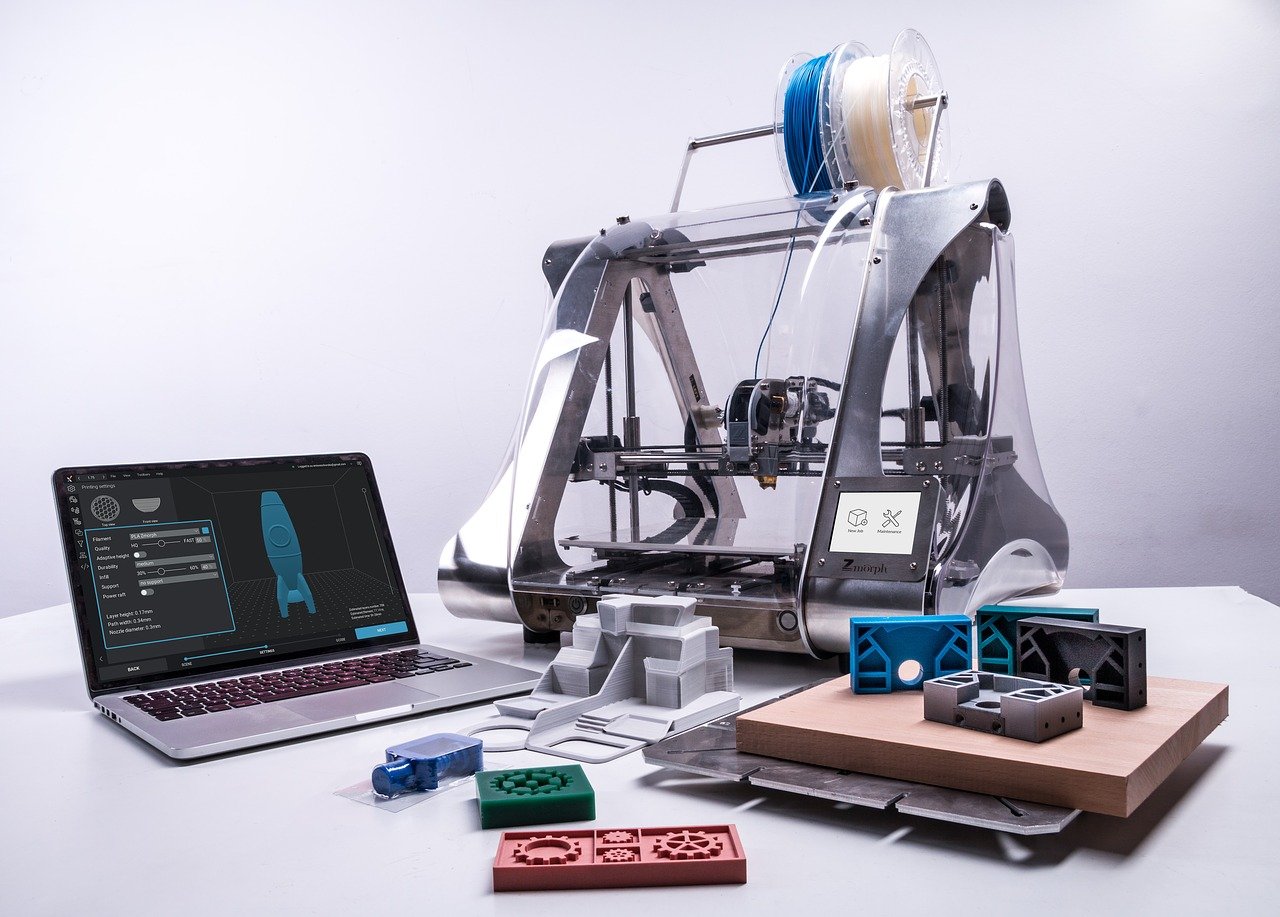A Complete Guide to Design Patents for 3D Printed Products: 3D printers have revolutionized the production of many different kinds of products. Read the complete & in-depth guide in Design Patents for 3D Printed Products
3D printing – also known as “additive manufacturing” – enables the production of very complex geometries, including designs with features such as cavities or undercuts that are either impossible to manufacture with conventional technologies, or would be prohibitively expensive with conventional manufacturing techniques.
Design Patents for 3D Printed Products
Since 3D printing does away with the need to create expensive molds or special tooling, it opens up a whole new array of possibilities for products that might be inherently low volume.
Many people have come up with some very clever designs that they are producing with 3D printers, but they haven’t given a thought to protecting those designs from people who might want to copy them. Just as 3D printing makes it easy to get started in production, it makes it easy for pirates who might want to steal your design to produce unauthorized copies.
Why Should You Seek a 3D Print Design Patent?
Having a patent for your 3D printed product is the best way to stop other people from copying your design and profiting from your inspiration and hard work.
Utility patents are used to protect the functional features of a product. If you make your design a certain way because it works better that way, what you need is a utility patent. Design patents protect features that are decorative, that are not integral to the functioning of the object.
Design patents are used to protect the ornamental features of your product – the things that make it beautiful, or that might make customers see the product as special. Apple’s iPhone, for example, is protected with both utility patents that protect the technology in the phones, and design patents which protect the way the devices look.
The process for obtaining a patent for a product that is produced with 3D printing is the same as the process for any object. For a design patent, the patent office does not care how you produce the object.
What are the Requirements for a Design Patent?
The US Patent and Trademark Office (USPTO) has issued a complete Design Patent Application Guide. Some of the key requirements to receive a design patent include:
- What’s being patented must meet the definition of a “design.” According to the USPTO,
A design consists of the visual ornamental characteristics embodied in, or applied to, an article of manufacture. Since a design is manifested in appearance, the subject matter of a design patent application may relate to the configuration or shape of an article, to the surface ornamentation applied to an article, or to the combination of configuration and surface ornamentation. - Design patents may only have a single claim. For design patents, the drawings ARE the claim, so the drawings are especially important in design patents.
- The design may not be dictated by the function of the object.
- The design must be original – so you can’t patent something that looks like a well-known or naturally occurring object.
- The design cannot be something that would be offensive to any race, religion, sex, ethnic group, or nationality.
What are the Steps for Obtaining a 3D Design Patent?
The crucial step in obtaining a design patent is submitting a design patent application.
Prior to working on the application, it’s a good idea to start with a prior art search. You should search both for patents that are very similar to what you are proposing, as well as products that have a very similar design even if they don’t have a patent. If your design is very similar or identical to something that’s already in the market, you can’t get a patent on it, even if the other design does not have patent protection. If you did manage to get a patent for the design, you would not be able to enforce it in court, so the patent would have little if any value.
The easiest way to search for patents that are similar your design is using Google Patents.
For example, if you came up with a design for a perfume bottle, you should search for fragrance bottles, and see if you find anything that is so similar to your design that someone could become confused between the two. If your design, for example, is too similar to this design, you would need to change your design to be able to get a patent.



There are companies that will do a design patent prior art search for a fee, typically $175 to $300.
The next step is to prepare and file the patent application. See our article, “How to File a Design Patent On Your Own in US” for more information on how to prepare and file a design patent application. Most patent applications are filed electronically.
The next step is the patent office will assign an examiner who will review your patent application. If the examiner sees something wrong with the application, they will send you an “office action.” The office action will specify a time frame in which you or your attorney must respond so as to avoid having your application considered abandoned. It is possible to request extensions, but there is a fee for extensions.
After you respond to any office actions, the examiner will either allow the application, or they may repeat the rejection and make it final.
What Happens if my Design Patent Application is Rejected?
As mentioned above, you will be informed of an initial rejection in an office action from the examiner. In the event your application has been rejected twice, or you’ve been given a final rejection, you may file an appeal with Patent Trial and Appeals Board (PTAB). You also can file a new application based on the original application and have the benefit of the earlier filing date.
Conclusion
3D printing has enabled many people to manufacture products who in the past may have been put off by the high cost of tooling and setup. If you are producing a 3D printed product with a unique design, you should consider getting a design patent for your product to prevent others from copying the design.
Patent drawings are the heart of design patents – it’s vital that they be done accurately and in accordance with the guidelines of the relevant patent office. Please contact us if you have any questions about patent drawings or would like information on how we can support your patent application.

